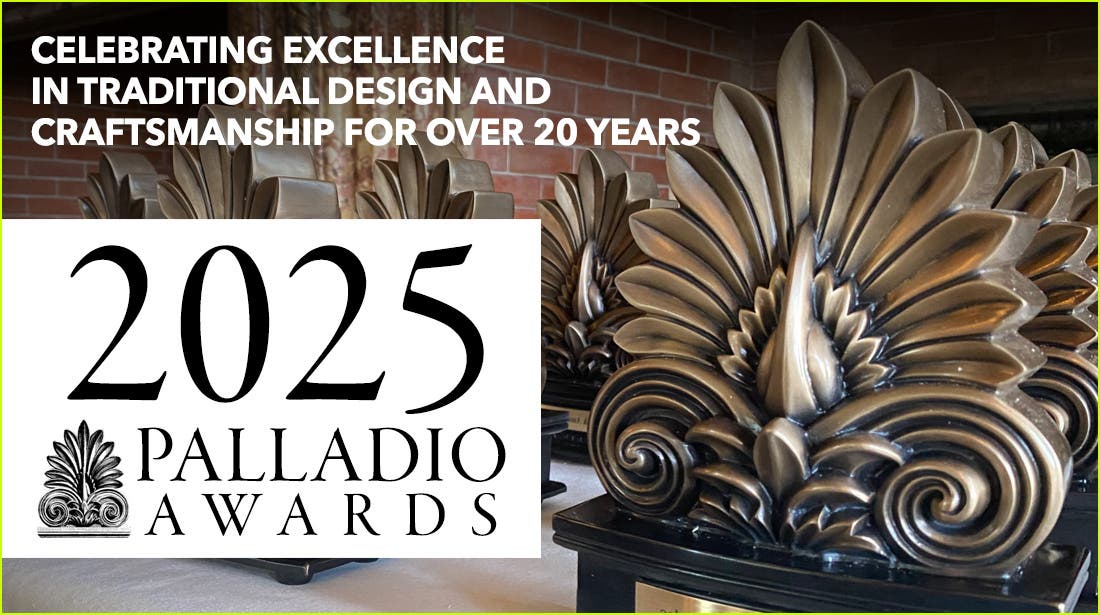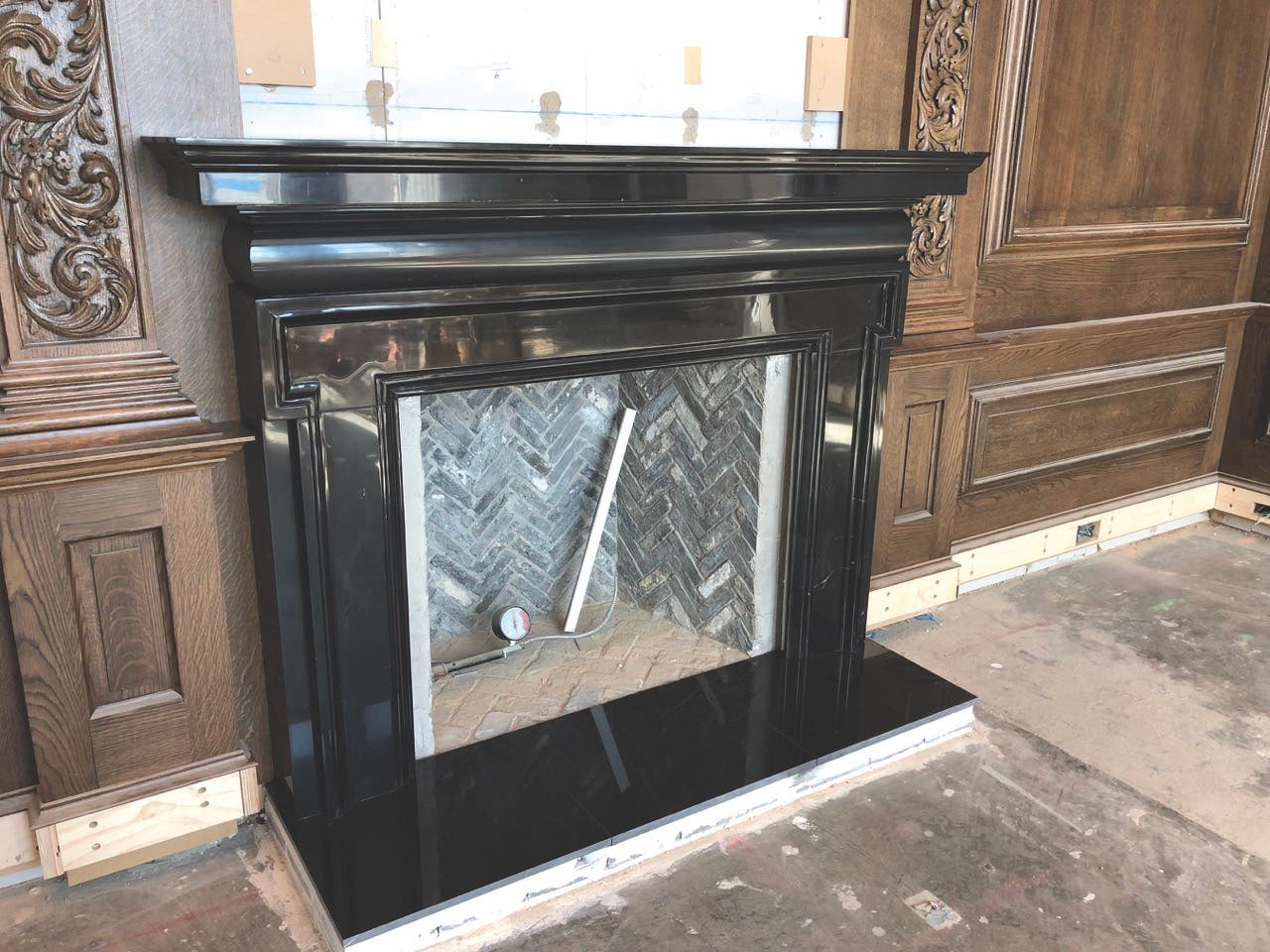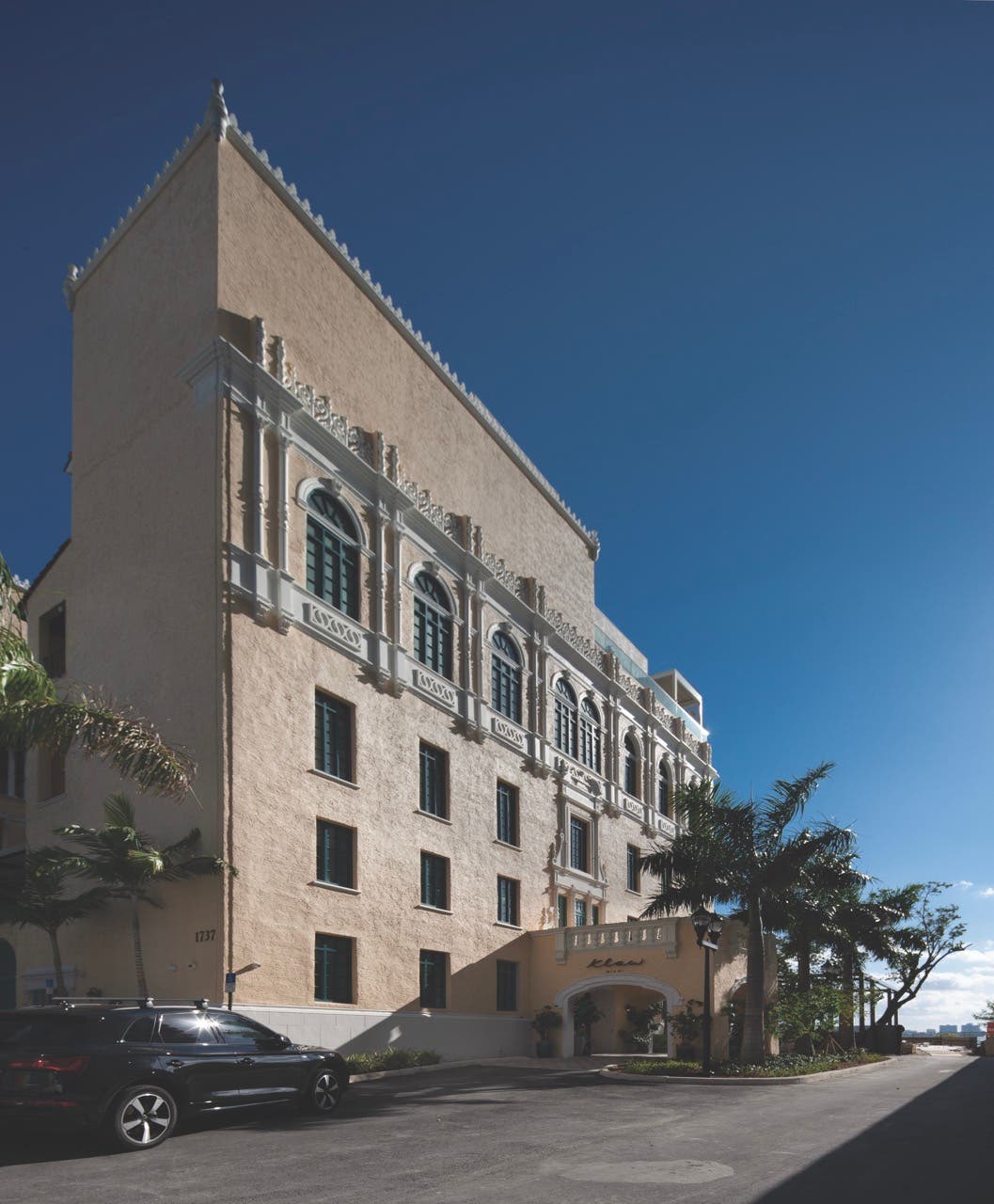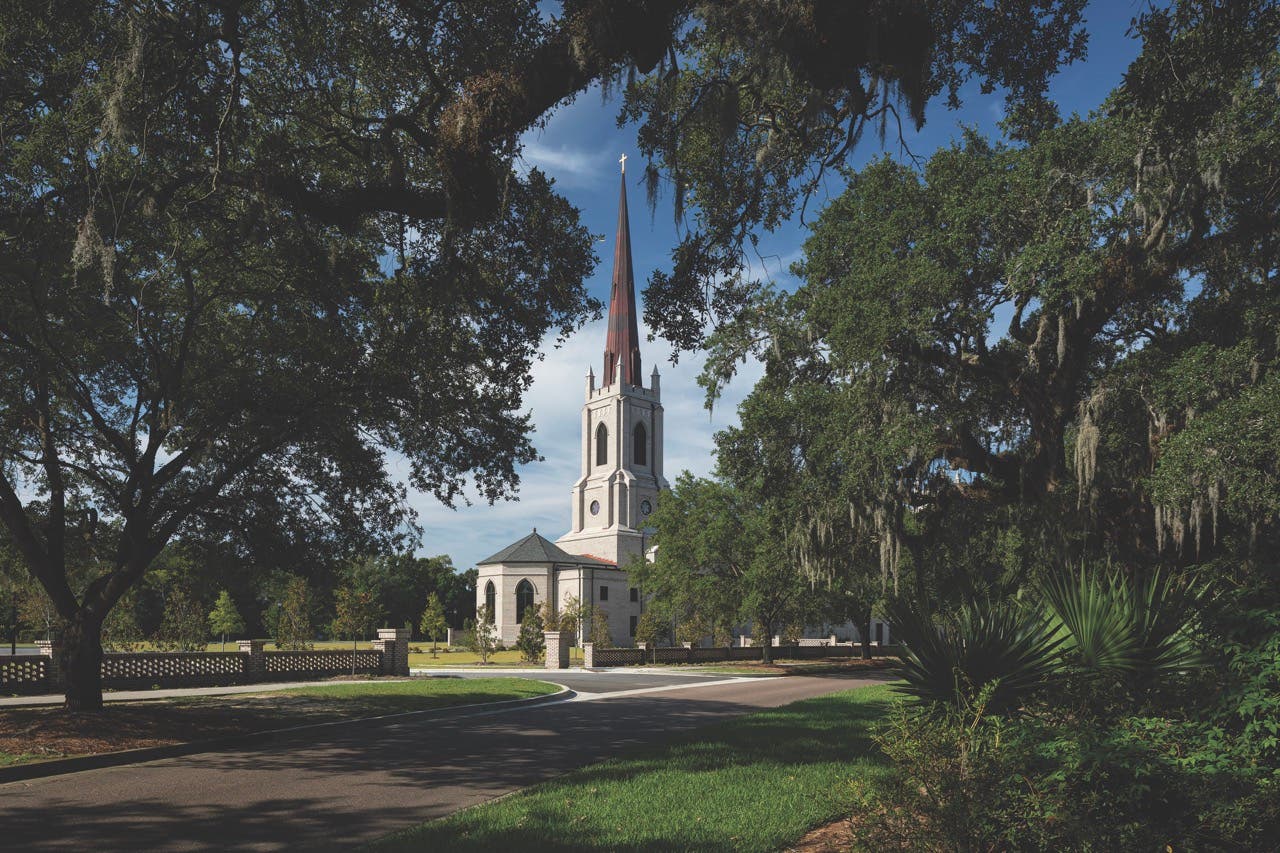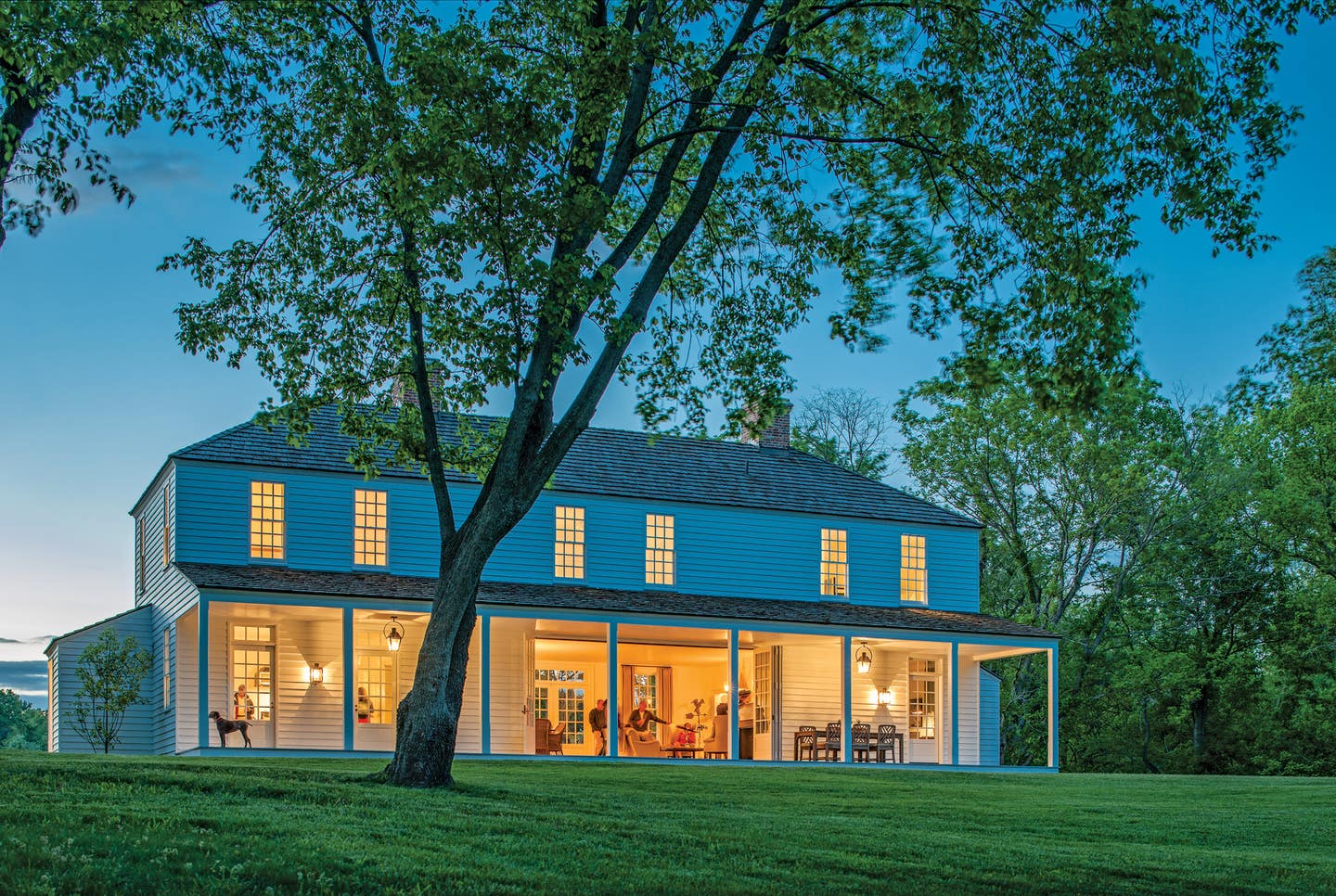
Palladio Awards 2019
Jones & Boer Architects: West River House
Project: West River House
Architect: Jones & Boer Architects
When designing the relaxed weekend retreat on Maryland’s West River that looks as though it has been on site for centuries, Wouter Boer of Washington, D.C.-based Jones & Boer Architects turned to the past for inspiration.
His clients, Richard and Amy Zantziner, wanted a traditional-style house that provided panoramic views yet was modest in size.
“The project was a team effort,” Boer says, adding that he and the Zantzingers have worked together on many projects for various clients.
Boer studied farmhouses, many of which date to the 1700s, and created a 4,300-square-foot Shaker-simple home that has two faces: a more formal one for the back side that looks out over the water and an agrarian one in the front that complements the farmland.
“The placement of the rooms, windows, and doors needed to be consistent inside the house while maintaining the duality of the two very different elevations,” he says. “The design was all about symmetry versus asymmetry and playing the different facades off against each other and mediating them through the floor plans.”
The waterside, where the owner pulls up his boat to the entrance, features a series of bi-fold doors and a porch that runs the width of the house. The farm side features fenestration that syncs with the living spaces.
“The farm side is more abstract and in my mind more interesting,” Boer says.
The snow-white wood-sided house, which presides over 60 acres, has a minimalist aesthetic that is inherent in its materials.
“To create architectural authenticity, we used standard products—brick, wood siding, wood shingles, and windows—rather than elaborate custom items,” he says.
The red brick of the foundation and the off-center chimneys, which was sourced by Richard, comes from a vintage building in Baltimore.
The wood siding, which is new, was treated to look as though it came from another century. “We created a detailed bead at the bottom of the profile to cast a shadow,” Boer says.
Richard, who is a contractor, laid the siding with slight imperfections to convey a storied past.
Inside, Boer created a floor plan that is designed to embrace the outdoors and added simple architectural elements, including the plain plaster fireplace and stone surround in the living/room dining room space, the Shaker-style cabinets in the kitchen and the elegantly spare hallway staircase.
Amy, who is an interior designer, selected the furnishings, which include the wooden sailboat on the living room/dining room mantel that had been Richard’s boyhood toy and the plain wooden farmhouse table where the family gathers for meals.
Boer says that aging the house was about subtracting—not adding—details.
“The simple vocabulary of detailing inside and out takes advantage of all the land has to offer,” Boer says, adding that to echo the past, the roof wasn’t even equipped with gutters. “To strip stuff back and still achieve architecture is very fulfilling.”
The property also includes a swimming pool and a storage outbuilding. A 1700s wood-frame and brick-foundation cottage the Zantzingers acquired from their neighbors was restored and refurbished for use as a guesthouse.
“The challenge will be to continue to differentiate these other buildings,” Hoss says. “They should appear as family, but they should not copy each other.”
Key Suppliers
GENERAL CONTRACTOR Mauck, Zantzinger & Associates, Richard Zantzinger, principal
INTERIOR DESIGN Amy Zantzinger
STRUCTURAL ENGINEER Ehlert/Bryan



